Thyroid cancer is one of the common endocrine cancers, although it has a high success rate, the risk of recurrence is always a constant concern for patients and a challenge for medicine. The work "Application of Mathematics in the diagnosis and treatment of thyroid cancer" by students Tran Van Luat (K66 Math - IT) and Nguyen Dinh Quang (K67 Math Talent Program) of the University of Natural Sciences (Hanoi National University) has brought a new and promising approach in using mathematical models to optimize thyroid cancer treatment regimens, towards personalized treatment.
Nguyen Dinh Quang (left cover) and Tran Van Luat with posters about their work at the 2025 Student Science Conference of the University of Natural Sciences.
From practical concerns to breakthrough mathematical solutions
Sharing the idea of forming the project, Nguyen Dinh Quang said that through practical research, the research team realized that currently, the treatment regimen for differentiated thyroid cancer mainly relies on thyroidectomy followed by adjuvant treatment with radioactive iodine (RAI). However, determining the optimal RAI dose for each patient is still subjective, largely based on the clinical experience of the doctor rather than precise dosing tools. This can lead to some patients not receiving the necessary dose, increasing the risk of recurrence, while others suffer unwanted side effects from too high a dose of radiation.
Currently, the thyroid cancer treatment process in Vietnam, including determining the radiation dose for patients, strictly follows the regulations of the Ministry of Health . However, in reality, doctors still have to rely largely on their clinical experience to determine the optimal radiation dose. At the same time, they do not have an effective support tool to have a comprehensive view and accurately predict the progression of the disease.
“From these concerns, with the guidance of Dr. Nguyen Trong Hieu, Associate Professor, Dr. Tang Quoc Bao (Graz University, Austria), and Master. Resident Doctor Nguyen Thi Phuong (108 Military Central Hospital), we boldly applied our strength in mathematics to find a solution. It can be said that this is one of the pioneering studies in Vietnam in applying mathematics to support the treatment process,” Quang said.
Modeling and optimization problems: Key to personalized treatment
To solve the above problem, the research team built a mathematical model that focuses on simulating key biological quantities in the treatment of differentiated thyroid cancer, including: the number of cancer cells (N), the concentration of Thyroglobulin (Tg) and anti-Thyroglobulin antibodies (AbTg) - important biomarkers to monitor treatment response, along with the dose of radioactive iodine used (A).
Quang and his research team reported their topic at the plenary session of the Student Science Conference. The topic won second prize.
Notably, this model is designed to be simpler than some of the more complex models that have previously existed, while still ensuring an accurate reflection of core biological interactions. The team's goal is to achieve a model that is highly applicable in clinical settings, easy to integrate and use.
Based on the mathematical model, the group of students continued to develop an optimal control problem. The goal of this problem is to find the optimal RAI dose and schedule for each specific patient, in order to achieve multiple goals at the same time: most effectively reduce the number of cancer cells, stabilize the concentrations of Tg and AbTg biomarkers, and equally important, minimize unnecessary side effects from the radiation dose.
When applied to simulation of treatment results, the calculations show reasonableness, can help shorten the treatment period for patients, and at the same time support doctors in considering reducing treatment doses.
Simulations on three typical patient groups – from those who responded well to treatment, those who were moderately RAI-resistant, and those who were highly RAI-resistant – showed that the model was able to predict disease progression well based on baseline test data. As a result, the model was able to provide a more appropriate RAI schedule and dose than the actual treatment regimens applied.
When comparing the “actual dose” and the “model-recommended dose”, the results showed that the optimal treatment strategy proposed by the model significantly improved the rate of cancer cell control, and brought important biological concentrations back to normal levels.
Potential applications towards personalized medicine
To take shape such an interdisciplinary project, especially the combination of mathematics and medicine, requires great effort from the members. Quang shared that as a student majoring in Mathematics, the transition to a field related to Medicine initially encountered many difficulties. In the first months, about 2-3 months, the group had to make a great effort to learn and grasp medical mechanisms. There were nights when we had to stay up to read documents."
Fortunately, the group received enthusiastic support from medical experts and doctors. When there were issues that were not clearly understood, the group discussed directly or online. One of the memorable experiences was the first time the group went to the 108 Military Central Hospital, contacted and worked directly with the medical team, collected data and observed the medical examination and treatment process.
“We spent about 3 hours sitting with doctors to collect data and exchange expertise. In addition, we also had the opportunity to observe part of the medical examination and treatment process, the treatment process of patients. These were really interesting and useful experiences,” Quang shared.
Quang said that if this research is given attention, invested in, and developed, it will be a powerful support tool for doctors. It will not only help predict the progression of the disease in the near future, about the next 4-5 years, but also help provide suggestions on the next treatment dosage that is most suitable for each patient.
The team is now actively testing the model with more patient datasets, focusing specifically on patients with high AbTg levels – a population that has previously received little attention from other studies.
In addition, the team is developing a software application that can automatically recommend the appropriate RAI treatment dose for each individual based on input data. If the project is successful, the further goal is to develop a specific application (app).
In particular, the group is preparing a scientific manuscript to submit for publication in prestigious international journals. “We hope that the work will contribute to the trend of personalized treatment that is increasingly developing strongly in modern medicine,” Quang shared.
Source: https://khoahocdoisong.vn/dung-toan-hoc-toi-uu-hoa-dieu-tri-ung-thu-tuyen-giap-post1544500.html


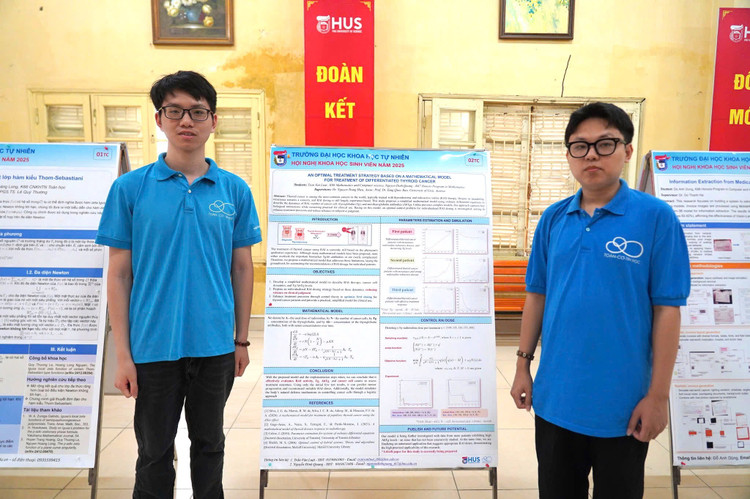
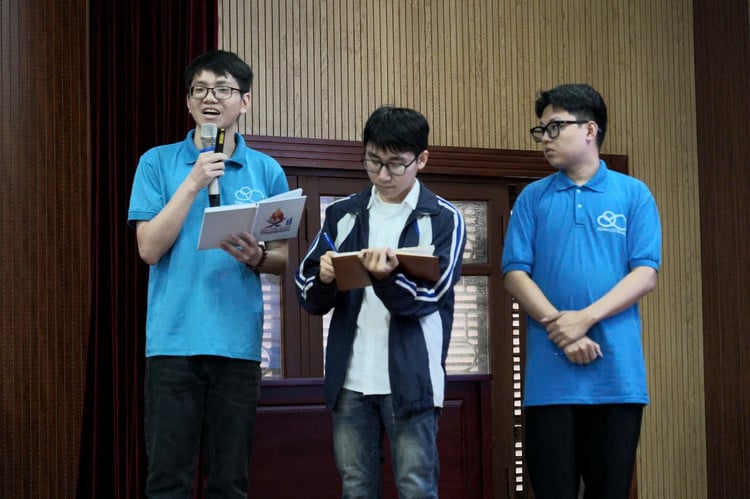

![[Photo] 60th Anniversary of the Founding of the Vietnam Association of Photographic Artists](/_next/image?url=https%3A%2F%2Fvphoto.vietnam.vn%2Fthumb%2F1200x675%2Fvietnam%2Fresource%2FIMAGE%2F2025%2F12%2F05%2F1764935864512_a1-bnd-0841-9740-jpg.webp&w=3840&q=75)
![[Photo] National Assembly Chairman Tran Thanh Man attends the VinFuture 2025 Award Ceremony](/_next/image?url=https%3A%2F%2Fvphoto.vietnam.vn%2Fthumb%2F1200x675%2Fvietnam%2Fresource%2FIMAGE%2F2025%2F12%2F05%2F1764951162416_2628509768338816493-6995-jpg.webp&w=3840&q=75)



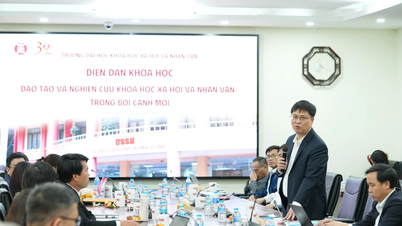

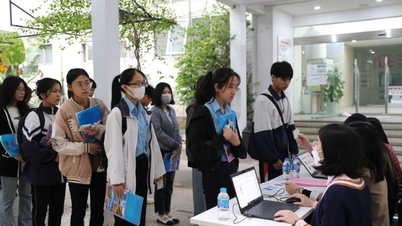

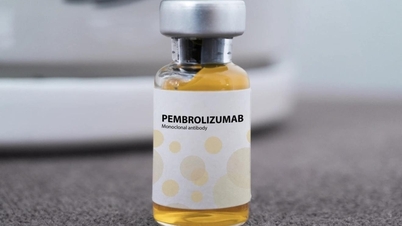



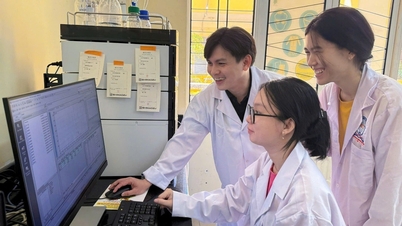

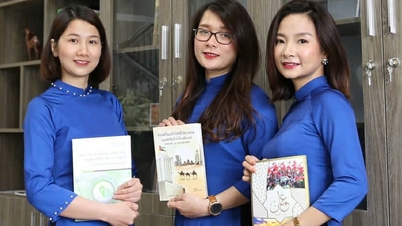
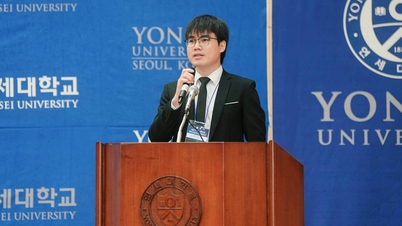






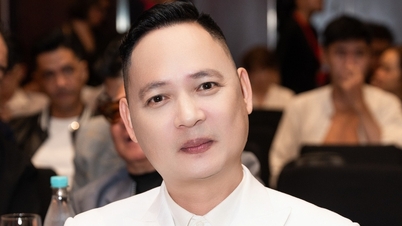










![[INFOGRAPHIC] RedMagic 11 Pro, Gaming monster with real water cooling](https://vphoto.vietnam.vn/thumb/402x226/vietnam/resource/IMAGE/2025/12/06/1764992569071_thumb-dien-thoai-redmagic-11-pro-jpg.webp)



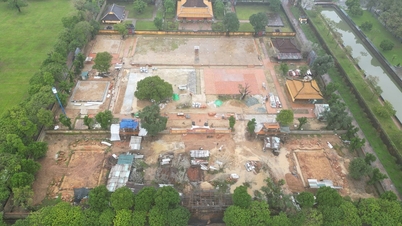





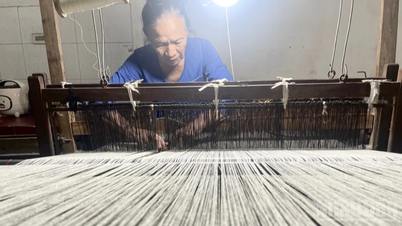




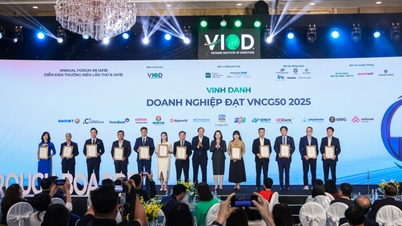
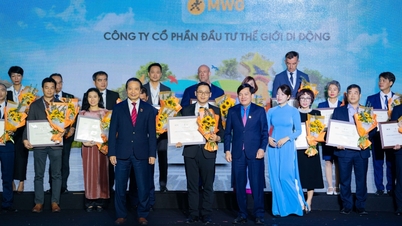
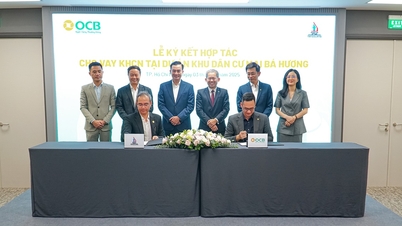

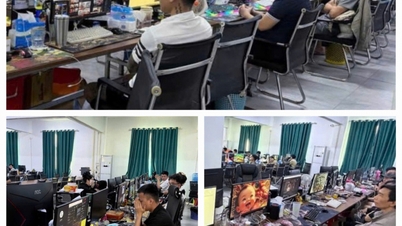








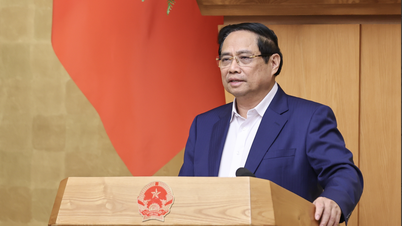

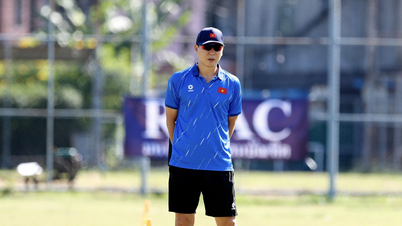

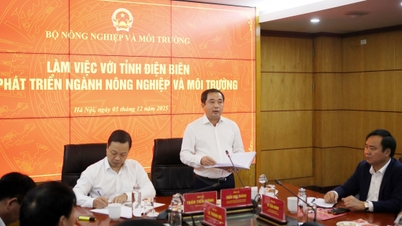







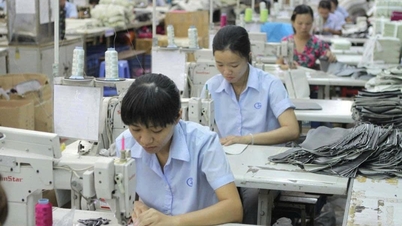
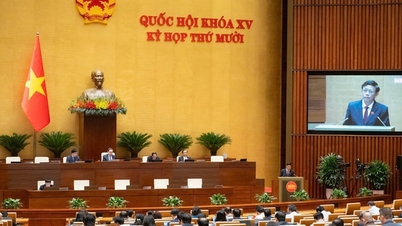

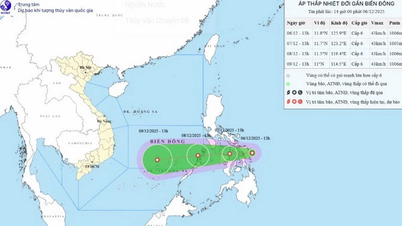

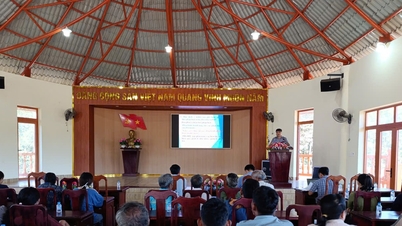

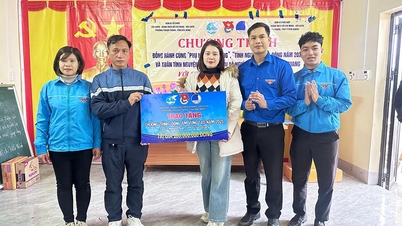






















Comment (0)